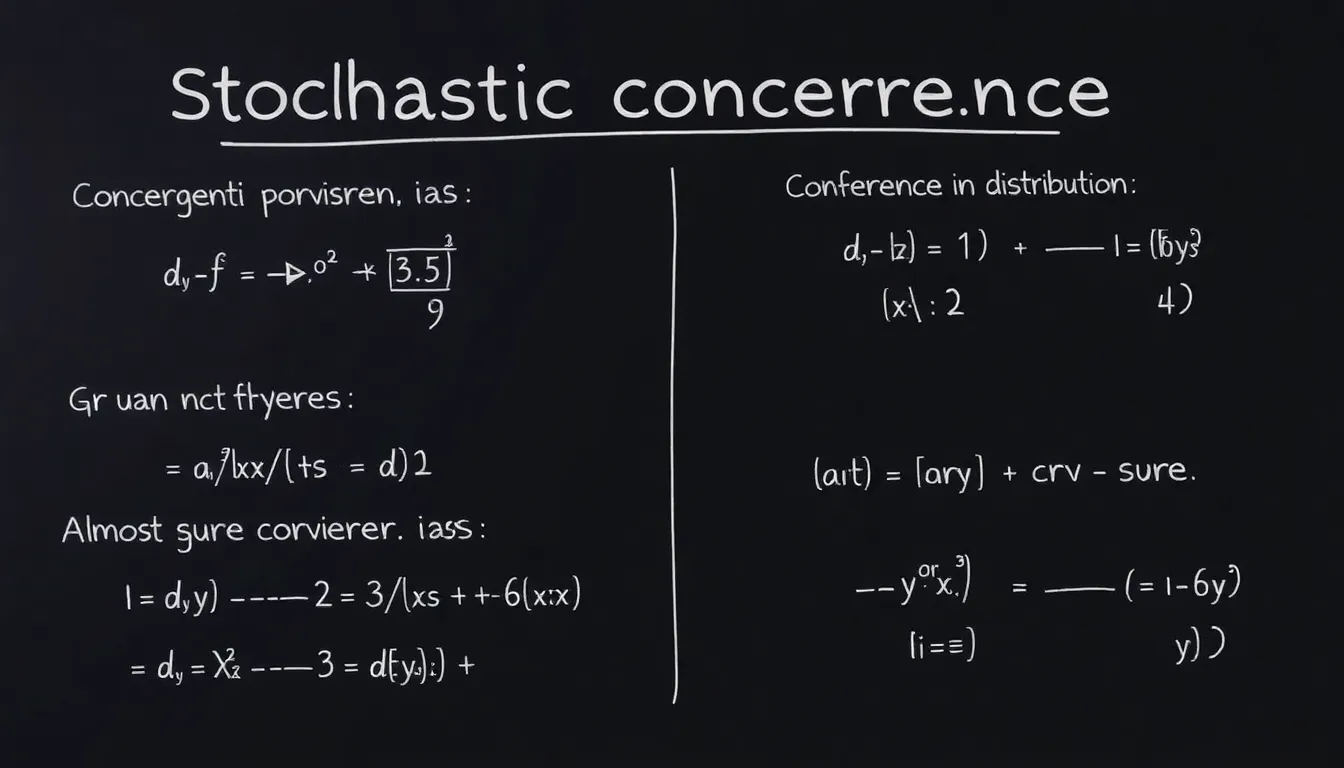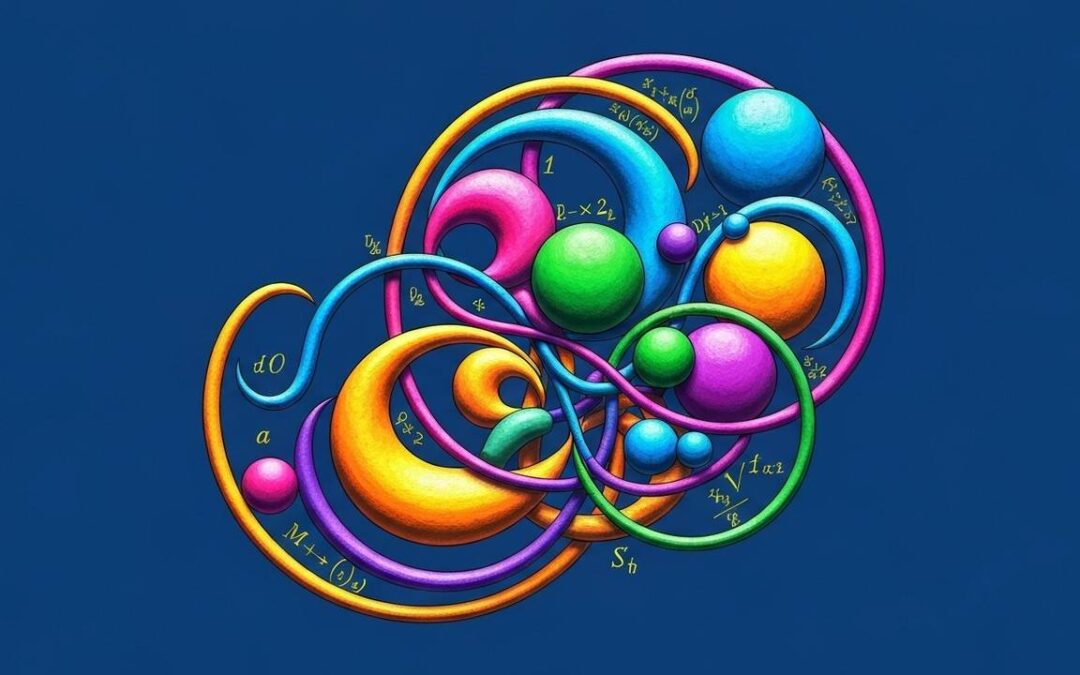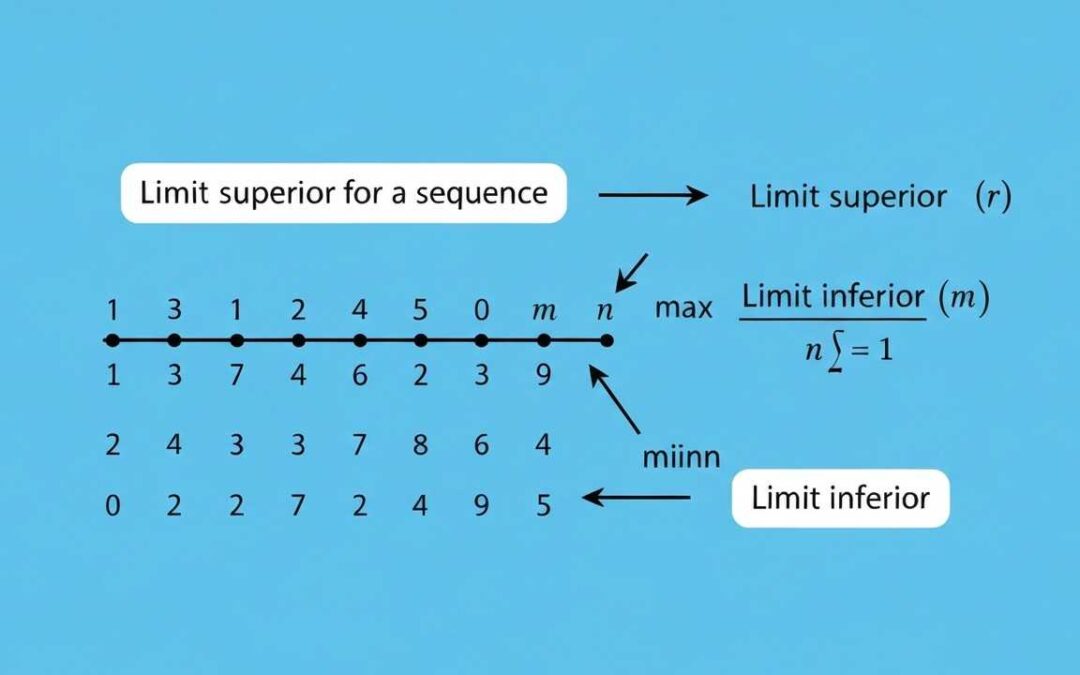Stochastic convergence is a fundamental concept in probability theory that describes how sequences of random variables behave as the number of trials increases. It establishes a formal framework for analyzing the convergence of random events, ensuring that results are not just intuitive but mathematically rigorous.
This notion enables us to study and predict the long-term behavior of random processes, from averages in repeated experiments to fluctuations in financial markets. By clarifying how randomness stabilizes under different conditions, stochastic convergence becomes an indispensable tool in probability, statistics, and applied fields such as economics, physics, and data science.
Table of Contents
- Decoding the Fundamentals of Stochastic Convergence
- Types of Stochastic Convergence
- Relationships Between Types of Convergence
- Real-World Applications
- Python Illustration
- Key Takeaways
- Defining Random Variables and Sequences
- The Role of Probability Spaces
- Different Notions of Convergence
- Exploring Different Types of Stochastic Convergence
- Delving into the Implications and Applications
- Applications in Statistics
- Stochastic Processes and Time Series Analysis
- The Weak and Strong Laws of Large Numbers
- Key Takeaways
Read More
Stochastic convergence is a cornerstone of probability theory. It provides a rigorous way to understand how sequences of random variables behave as the number of trials increases. This is essential for making predictions and drawing conclusions in fields such as finance, physics, and machine learning. In this article, we dive deep into the foundations, types, mathematical formulations, and practical implications of stochastic convergence.
Table of Contents
- Decoding the Fundamentals of Stochastic Convergence
- Types of Stochastic Convergence
- Relationships Between Types of Convergence
- Real-World Applications
- Python Illustration
- Key Takeaways
- Defining Random Variables and Sequences
- The Role of Probability Spaces
- Different Notions of Convergence
- Exploring Different Types of Stochastic Convergence
- Delving into the Implications and Applications
- Applications in Statistics
- Stochastic Processes and Time Series Analysis
- The Weak and Strong Laws of Large Numbers
- Key Takeaways
Decoding the Fundamentals of Stochastic Convergence
At its core, stochastic convergence studies the stability of random sequences. Consider flipping a fair coin repeatedly: while individual outcomes are unpredictable, the long-run average of heads tends to 0.5. This “settling down” of averages illustrates convergence in probability. More generally, stochastic convergence explains why randomness often hides order when viewed from the perspective of large samples.
The concept underpins the Law of Large Numbers and the Central Limit Theorem, both of which form the backbone of modern statistics. Without stochastic convergence, notions like sample mean, confidence intervals, and predictive algorithms would lack a theoretical foundation.
Types of Stochastic Convergence
Different modes of convergence capture different ways random variables approach stability. Each has unique mathematical conditions and interpretations:
Convergence in Probability
A sequence of random variables {##X_n##} converges in probability to a random variable ##X## if, for every ##\varepsilon > 0##,
### \lim_{n \to \infty} P(|X_n – X| > \varepsilon) = 0. ###
This means that as the number of trials grows, the probability of deviating significantly from the limiting value becomes negligible. For example, the average outcome of dice rolls converges in probability to 3.5.
Almost Sure Convergence
{##X_n##} converges almost surely (a.s.) to ##X## if
### P\left(\lim_{n \to \infty} X_n = X\right) = 1. ###
This is a stronger condition than convergence in probability. It ensures that, with probability one, the sequence settles on the limiting value. For example, the strong law of large numbers guarantees that the average of i.i.d. random variables converges almost surely to the expected value.
Convergence in Distribution
{##X_n##} converges in distribution to ##X## if the distribution functions converge at every continuity point:
### \lim_{n \to \infty} F_{X_n}(x) = F_X(x). ###
This mode is weaker, focusing only on distributions, not pointwise values. It is the basis of the Central Limit Theorem: standardized sums of random variables converge in distribution to the normal distribution.
Convergence in Mean
Convergence in mean of order ##p## (where ##p \geq 1##) requires:
### \lim_{n \to \infty} E\left(|X_n – X|^p\right) = 0. ###
For ##p=1##, this is convergence in mean (first order). For ##p=2##, it is mean square convergence, widely used in signal processing and econometrics. This condition ensures not only closeness in probability but also in expected deviation.
Relationships Between Types of Convergence
The different types of stochastic convergence are related but not equivalent:
Almost sure convergence ⇒ convergence in probability ⇒ convergence in distribution.
Convergence in mean (order 2) ⇒ convergence in probability (under finite variance).
The reverse implications generally do not hold.
These relationships guide analysts in choosing the right type for the problem at hand. For instance, almost sure convergence provides strong guarantees but is often harder to prove than convergence in distribution.
Real-World Applications
Finance
In financial markets, asset prices are noisy, but stochastic convergence explains why portfolio averages or risk measures stabilize with more data. Value-at-Risk models, option pricing, and Monte Carlo simulations rely on convergence to provide reliable results.
Physics
In statistical mechanics, particle movements appear random, but ensemble averages converge to stable thermodynamic properties. This illustrates convergence in probability at the molecular scale.
Machine Learning
Stochastic gradient descent (SGD) is inherently random, yet under proper conditions it converges in probability or almost surely to an optimal solution. This ensures algorithms do not oscillate endlessly but stabilize on useful models.
Python Illustration
Below is a Python example showing convergence in probability of the sample mean of coin tosses toward 0.5.
import numpy as np
import matplotlib.pyplot as plt
# Simulate coin tosses: 1 = heads, 0 = tails
n_trials = 10000
coin_flips = np.random.randint(0, 2, size=n_trials)
sample_means = np.cumsum(coin_flips) / np.arange(1, n_trials + 1)
plt.figure(figsize=(8,5))
plt.plot(sample_means, label="Sample Mean")
plt.axhline(0.5, color="red", linestyle="--", label="Expected Value (0.5)")
plt.xlabel("Number of Tosses")
plt.ylabel("Mean of Outcomes")
plt.title("Convergence in Probability: Coin Toss Example")
plt.legend()
plt.show()
The plot shows that although the sample mean fluctuates initially, it converges toward 0.5 as the number of tosses increases—an illustration of the law of large numbers.
Key Takeaways
Stochastic convergence provides the mathematical language for understanding long-term behavior in random systems. By distinguishing between convergence in probability, almost sure convergence, convergence in distribution, and convergence in mean, we gain tools to rigorously study uncertainty. From coin tosses to stock prices, from molecular dynamics to neural networks, convergence principles assure us that randomness, when accumulated, reveals structure.
Defining Random Variables and Sequences
A random variable is a variable whose value is a numerical outcome of a random phenomenon. A sequence of random variables is an ordered list of these variables. Each variable in the sequence is defined on the same probability space. This provides the basis for studying how these variables converge.
The Role of Probability Spaces
Probability spaces provide the mathematical foundation for defining random variables and their sequences. They consist of a sample space, a set of events, and a probability measure. This structured framework is crucial for formally defining different types of convergence. It ensures that we can rigorously analyze the behavior of random variables.
Different Notions of Convergence
There are several types of stochastic convergence, each with its own definition and implications. These include convergence in probability, convergence in distribution, and almost sure convergence. Each type describes a different way in which a sequence of random variables can approach a limit.
Exploring Different Types of Stochastic Convergence
Various types of stochastic convergence help us understand the behavior of random variables. Each type, such as convergence in probability, distribution, and almost sure convergence, provides different insights into how sequences of random variables approach a limit. Understanding these distinctions is key.
Convergence in Probability
Convergence in probability means that the probability of the sequence deviating from a particular value decreases as the sequence progresses. If a sequence converges in probability to a constant, the random variables become increasingly concentrated around that constant. This is a fundamental concept.
Convergence in Distribution
Convergence in distribution, also known as weak convergence, focuses on the convergence of the cumulative distribution functions (CDFs) of the random variables. This means that the CDF of the sequence approaches the CDF of a limiting random variable. The central limit theorem is a classic example.
Almost Sure Convergence
Almost sure convergence, also known as almost everywhere or strong convergence, is the strongest form of convergence. It means that the sequence converges to a limit with probability 1. This implies that the sequence converges for almost all outcomes in the sample space. It is the most stringent condition.
Delving into the Implications and Applications
Stochastic convergence plays a crucial role in statistics and stochastic processes. It helps us understand the properties of estimators and the behavior of random processes over time. The concepts are essential for drawing reliable conclusions.
Applications in Statistics
In statistics, stochastic convergence is used to analyze the properties of estimators. Consistent estimators converge in probability to the true value of the parameter being estimated. The weak law of large numbers, which states that the sample mean converges in probability to the population mean, is a key example.
Stochastic Processes and Time Series Analysis
Stochastic convergence is essential for studying stochastic processes and time series analysis. It allows us to understand how these processes evolve over time and to make predictions about their future behavior. Concepts like stationarity and ergodicity rely heavily on the ideas of stochastic convergence.
The Weak and Strong Laws of Large Numbers
The weak and strong laws of large numbers are fundamental results in probability theory that demonstrate the practical implications of stochastic convergence. The weak law states that the sample mean converges in probability to the population mean, while the strong law states that the sample mean converges almost surely. These laws are crucial.
Key Takeaways
Stochastic convergence is a powerful tool for understanding the behavior of random variables. It is crucial for making reliable statistical inferences and analyzing stochastic processes. The different types of convergence offer distinct perspectives on how sequences of random variables approach their limits. It is a cornerstone of probability theory.
| Type of Convergence | Definition | Implication |
|---|---|---|
| Convergence in Probability | The probability of the sequence deviating from a value decreases. | Used in statistics to analyze estimators and in the Weak Law of Large Numbers. |
| Convergence in Distribution | The cumulative distribution functions (CDFs) of the random variables converge. | Focuses on the limit distribution of a sequence. The Central Limit Theorem is a prime example. |
| Almost Sure Convergence | The sequence converges to a limit with probability 1. | Strongest form of convergence; used in the Strong Law of Large Numbers. |
We also Published
RESOURCES
- Convergence of random variables – Wikipedia
- LECTURE NOTES 7 1 Stochastic convergence
- Stochastic convergence – Citizendium
- 1.3 Stochastic convergence review | Notes for Nonparametric Statistics
- Stochastic Convergence Rates and Applications of Adaptive …
- Stochastic convergence analysis and parameter selection of the …
- Stochastic Convergence Rates and Applications of Adaptive …
- What should be a generic enough convergence criteria of Stochastic …
- Stochastic Convergence of Persistence Landscapes and Silhouettes …
- Stochastic and club convergence of ecological footprint: An …








0 Comments